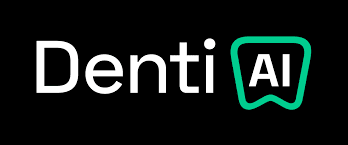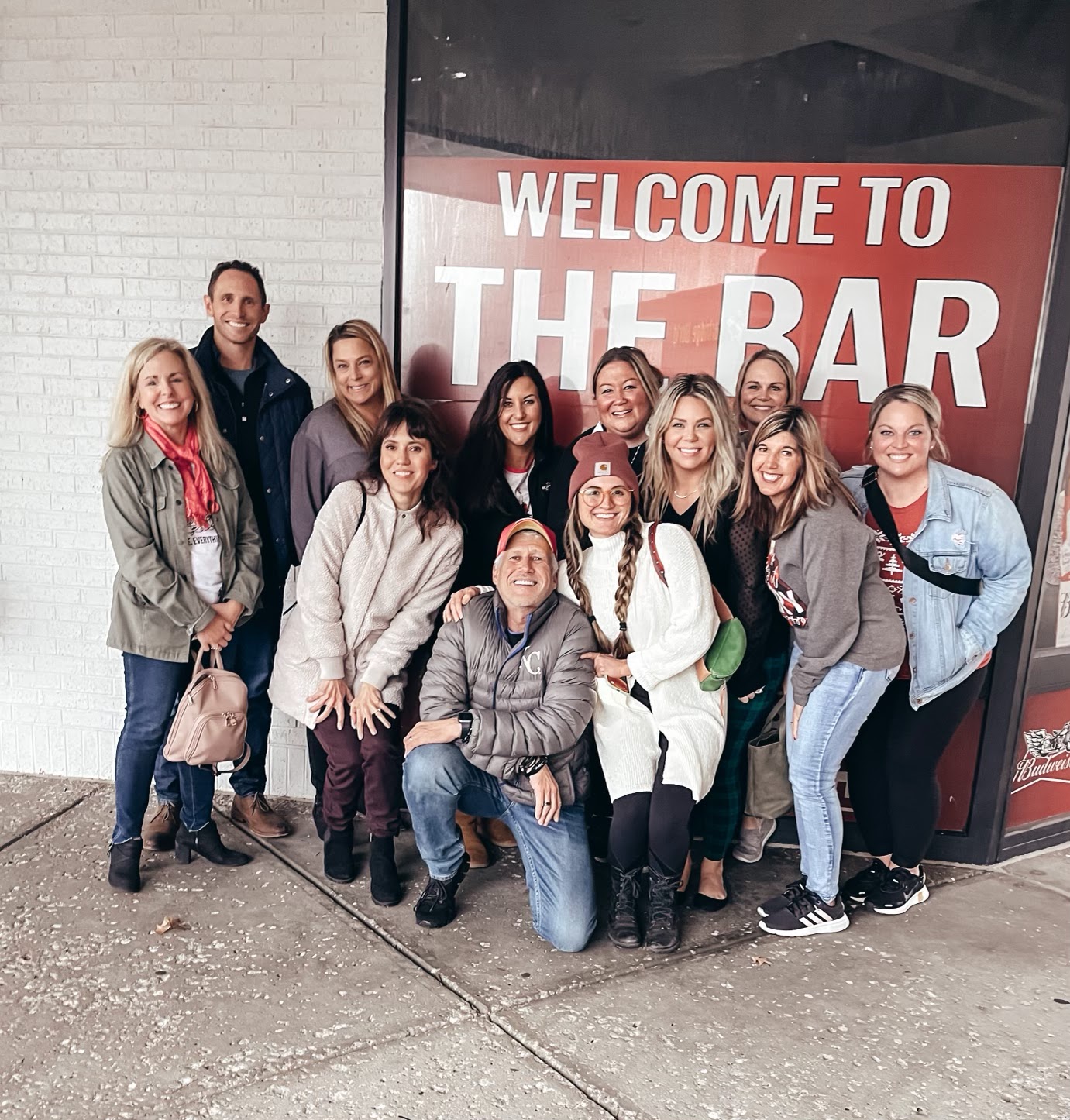Here's a little something I put together after experimenting with VOCO's Retraction Paste. As most of you know I'm always looking for ways to increase efficiency. No one wants a dental procedure to take longer. So when i see an opportunity to increase my efficiency, I explore it. I've found one of those great little ways to increase efficiency is with this product. Read on for my thoughts...
Fixed prosthetics are an intrinsic part of any dental practice. While the market for dental implants continues to grow, the majority of crowns are placed on natural teeth. This means that clear and easily recognizable margins are necessary and will continue to be necessary as the market for naturally supported dental fixed prosthetics continues to grow. As life expectancies continue to increase, an aging population will seek to maintain their quality of life and the number of fixed prosthetic procedures will increase along with those life expectancies.
There has also been growth in the last decade in the purchase and implementation of digital impression systems. These systems continue to experience market penetration growth with estimates being that around 20% or more of practices have expanded into this aspect.
However, whether performed by analog or digital means, the importance of good clinical technique is imperative for clinical success in fixed prosthodontics. This is especially true when consideration is made for the proper capture of the preparation margin. While many aspects of the preparation are intrinsic to long-term clinical success, perhaps nothing is more important than properly capturing the margin.
Tradition
Traditionally the most common way to expose the margin for an impression has been the use of retraction cord. Even though the profession has evolved and improved, retraction cord has continued to be taught in dental schools and used in the majority of clinical cases, even though other choices exist.
Retraction cord is time consuming. A proper length of cord must be dispensed and then placed into the gingival sulcus to allow the tissues to expand and relax in a more open orientation. The actual physical process of placing retraction cord is time consuming and incredibly technique-sensitive. Apply too little pressure in the placement and the cord comes free without providing adequate retraction. Apply too much pressure and the connective tissues of the sulcus can be damaged and pushed away from the tooth, paving the way for gingival recession or iatrogenic infection. There are even instances of impression material being expressed subgingivally, creating foreign body infections from a hardened piece of material left under the tissues that were separated by over-aggressive retraction cord placement.
In some instances, a two-cord technique is used that basically doubles the amount of time to place, while also increasing the chances for cord displacement or iatrogenic injury.
There is also the concern of being able to visually identify the cord in the sulcus. Stories abound in the profession of patients presenting with a localized infection of a single tooth recently prepared for a crown and the doctor finding a strand of retraction cord still wedged snugly into the gingival sulcus with a resulting foreign body reaction in full bloom around it. Someone simply missed the tiny piece of cord.
Placing cord is a very specific and intense skill, demanding exceptional dexterity. It is a difficult skill to teach, and many doctors prefer to place cord themselves as opposed to delegating the placement to an auxiliary. However, this ties the doctor to the procedure and does not allow for other processes (such as hygiene checks) to be completed, therefore slowing the entire office workflow.
There is also the consideration of effectiveness of cord in all cases. In patients with high salivary flow, the cord can be washed out of the sulcus and require the procedure to be repeated thus slowing the workflow even more.
Considering Costs
Not only are assurances of long-term success a motivator, cost savings can be as well. Often doctors consider the “hard costs” of impressions when attempting to analyze office costs without taking into consideration the “soft costs” of time, frustration and lack of optimized workflow.
Survey data from the American Dental Association tells us that the average dental practice prepares about 360 crowns per year, which translates to 30 crowns per month. Factor into the equation that dental office overhead is roughly $5.00 per minute and it is easy to see that “soft costs” of time and optimized workflow mentioned above come into play in a very real way. If 5 minutes is spent in properly placing a single piece of retraction cord, that translates to around $25 just to cover the cost of placing the cord.
Improving Efficiencies and Workflow
One of the things successful doctors embrace is the concept of “just because we’ve always done it that way doesn’t mean we have to always do it that way”. There is no better example of this than achieving successful retraction in fixed prosthetics.
VOCO has developed a Retraction Paste that offers several advantages over the traditional placement of retraction cord.
First of all, the material is a paste, which means that expressing it into the sulcus is significantly less traumatic than pushing cord into place with a stainless steel instrument. The paste is provided in small capsules that hold 0.3 g of material, which is enough for approximately 3 single units. It is expressed from the cartridge via a traditional composite dispenser gun.
The compule has an extra-long tip with a very small diameter that allows the operator to place the tip into the sulcus and express the paste gently so that it provides consistent and atraumatic placement of the material. The lumen of the tip is carefully formed out of plastic with rounded edges so that it can be placed into the sulcus without the risk of traumatic injury to the soft tissue.
The paste contains aluminum chloride, which chemically dries the sulcus of blood, saliva, and crevicular fluid while also widening the sulcus. It has a two-phase consistency for ease of use. When first expressed from the cartridge, the paste is of low viscosity. This allows the material to be gently expressed and delivered precisely into the sulcus. Once placed, it changes to a higher viscosity and expands slightly to allow for adequate displacement and expansion of the tissues.
Once the paste is expressed into the sulcus, it remains there for 1-2 minutes and is then rinsed away with water. The material is easily removed by air/water spray and its unique bright turquoise color helps to assure the operator that all remnants have been removed prior to impressing.
Better Direct Restorations
Often in Class V restorations, there is either the need for retraction or drying. Many operators will notice that around 12 months post op, many buccal Class V restorations begin to develop a dark line around the gingival margin. This line is caused by less than ideal bond strengths in this area that allow for bacteria to begin to grow under the restoration. The most common cause of these “black lines” is contamination of the gingival margin with crevicular fluid.
This fluid is hard to stop mechanically as it tends to seep continuously despite the operator’s best efforts at control. Placing retraction paste is a great advantage in placing these restorations. The aluminum chloride in the paste is a tremendous drying agent and placing it prior to beginning the bonding process greatly helps in preventing contamination of the field.
It is also tremendously helpful for retraction during the restorative process. Doctors who use cord in these procedures are often faced with a dichotomy: Do you pull the cord prior to restoring or after? Sometimes the cord can aid in retraction by leaving it in place, however, there is also the risk of the cord becoming entangled in the restorative material which can lead to myriad problems. Using paste instead of traditional cord greatly simplifies this restorative process.
Summary
While retraction cord has served the profession well, it is imperative that doctors continue to explore procedural options that can help lead to better clinical outcomes.
VOCO’s retraction paste is one of those options. Whether the objective is analog or digital impressions or improving outcomes in indirect restorations. A paste that is easily dispensed, works quickly and predictably, and is removed easily offers the doctor options that are not routinely available with retraction cord.
Retraction paste can improve clinical workflows as well as providing for better and more predictable patient outcomes.

























